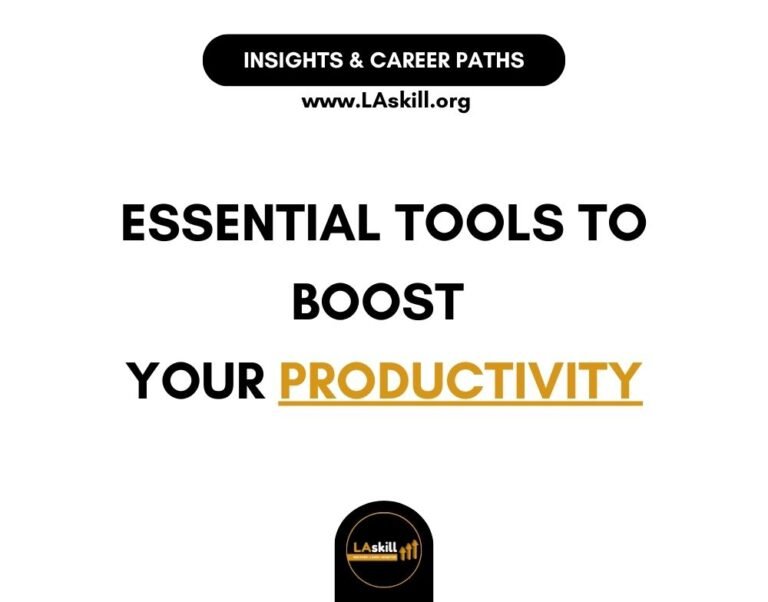Join our 10-week hands-on digital skills/internship training program starting May 6th. Enroll Now→
Launching A Profitable E-commerce Business- What you need!

Launching a profitable e-commerce business can feel like an exhilarating journey filled with endless possibilities. With the right idea and the right tools, you can transform your concept into a thriving online store. But how do you navigate the complexities of launching an e-commerce business? From identifying your niche to marketing your products, the process can be overwhelming.
In this blog post, we’ll guide you through the essential steps to take your idea from concept to a fully functional, profitable online store. Whether you’re a seasoned entrepreneur or a first-time business owner, this comprehensive guide will help you understand what it takes to succeed in the e-commerce world.
Step 1: Identify Your Niche and Idea
Every successful e-commerce business begins with a strong idea. The first step is identifying a niche that not only interests you but also has the potential for profitability. Here are a few tips to help you find your niche:
- Research Market Trends: Use tools like Google Trends or social media to identify what products are currently in demand. This can give you insights into what potential customers are searching for.
- Assess Your Interests and Expertise: Your passion for a particular product or industry can be a strong driver for your business. If you’re knowledgeable about a specific niche, you’ll be better equipped to market your products.
- Analyze the Competition: Look at existing e-commerce stores in your niche. Evaluate their offerings, pricing, and customer reviews to understand what works and what doesn’t.
Step 2: Validate Your Idea
Before diving headfirst into launching your store, it’s crucial to validate your idea. This step helps ensure that there is a genuine market demand for your products.
- Conduct Surveys: Reach out to your target audience through social media or email surveys to gauge interest in your product idea.
- Create a Landing Page: Build a simple landing page showcasing your products and collect email sign-ups. If people show interest, you’ll know you’re on the right track.
- Test Market with Minimal Viable Products (MVP): Consider selling a few test products to see how well they perform before fully launching your store.
Step 3: Create a Business Plan
Having a well-defined business plan is essential for any new venture. This plan will serve as your roadmap for success and help you stay focused on your goals.
- Define Your Business Model: Will you be dropshipping, using print-on-demand, or selling your own products? Understanding your business model will guide your sourcing and fulfillment strategy.
- Set Clear Goals: Establish short-term and long-term goals for your business. This could include revenue targets, customer acquisition, or product launches.
- Outline Your Marketing Strategy: Determine how you will attract customers. This includes online advertising, social media marketing, and SEO strategies.
Step 4: Choose the Right E-Commerce Platform
Selecting the right platform is crucial to building your online store. Here are some popular options:
- Shopify: Ideal for beginners, Shopify offers user-friendly tools for building an online store, complete with payment processing and inventory management.
- WooCommerce: If you’re comfortable with WordPress, WooCommerce is a powerful plugin that turns your website into a fully functional e-commerce store.
- BigCommerce: This platform is designed for growing businesses and offers advanced features and scalability options.
Step 5: Design Your Online Store
Once you’ve chosen a platform, it’s time to design your store. A visually appealing and user-friendly design will help you attract and retain customers.
- Choose a Theme: Select a professional and responsive theme that fits your brand identity. Most e-commerce platforms offer customizable templates.
- Optimize for User Experience: Ensure easy navigation, fast loading times, and a seamless checkout process to enhance user experience.
- Create Compelling Product Descriptions: Write clear and engaging product descriptions that highlight the benefits and features of your products.
Step 6: Source Your Products
How you source your products will depend on your business model. If you’re dropshipping, research and partner with reliable suppliers. For print-on-demand, choose a service that allows customization without holding inventory. If you’re selling your own products, consider production methods and materials.
Step 7: Implement Payment and Shipping Options
Set up secure payment processing options for your customers. Popular payment gateways include; Paystack, Flutterwave, and Selar. Additionally, plan your shipping strategy:
- Shipping Costs: Decide whether you’ll offer free shipping, flat-rate shipping, or variable rates based on location.
- Shipping Providers: Research reliable shipping partners to ensure timely delivery of your products.
Step 8: Launch Your E-Commerce Store
Now comes the exciting part—launching your store! Before you go live, conduct thorough testing to ensure everything works as expected. Check for broken links, test the checkout process, and ensure your payment system is functioning.
Step 9: Market Your Store
After launching, focus on driving traffic to your store. Here are some effective marketing strategies:
- Social Media Marketing: Leverage platforms like Instagram, Facebook, and Pinterest to showcase your products and engage with potential customers.
- Content Marketing: Create blog posts, videos, and tutorials related to your niche to attract organic traffic to your store.
- Email Marketing: Build an email list to communicate with potential customers, share promotions, and keep them informed about new products.
Step 10: Analyze and Optimize
Once your store is up and running, continuously analyze your performance. Use tools like Google Analytics to track website traffic, conversion rates, and customer behavior. Adjust your strategies based on insights to optimize sales and improve customer satisfaction.
How LAskill Can Help In Launching Your E-Commerce Business
Building a successful e-commerce business requires more than just a great idea; you need the right knowledge and skills to navigate the complexities of online selling. At LAskill, we offer comprehensive training on Introduction to E-Commerce, designed to guide you through every step of launching your online store.
Why Choose LAskill?
- Expert-Led Courses: Learn from industry experts with hands-on experience in e-commerce.
- Flexible Learning Options: Choose to study online at your own pace or attend in-person classes at our training center.
- Real-World Applications: Gain practical knowledge and skills that you can apply directly to your business.
Ready to turn your idea into a profitable online store?
Enroll in LAskill’s Introduction to E-Commerce course today and gain the knowledge and skills you need to succeed in the e-commerce world. Whether you prefer online learning or in-person training, our expert instructors will support you every step of the way.
Check out our YouTube Channel for more digital courses to kickstart your career







